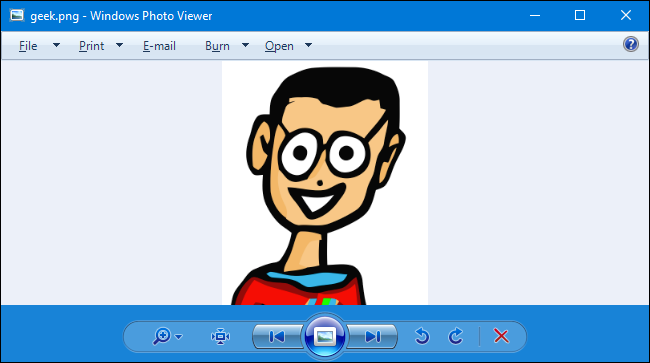

This will generate the location of the file automatically. If it is hard for you to type the location of the new icon, just drag-and-drop the new icon into terminal window. This command will change the default disk icon to the new icon. Sudo cp (location of the new icon) /System/Volumes/Preboot/.VolumeIcon.icns Sudo bless -folder /System/Volumes/Data -label macOS - whereas "MacOS" is your label of choice Try typing in the Terminal commands written by barfpony.ģ-A. Open terminal, and type csrutil disable to turn SIP off. As barfpony mentioned, press command (⌘)+R at boot and enter Recovery mode. If the terminal command written above is not working, try disabling SIP first. If you installed "BigSur 11.1" from scratch or clean install, the account nameĬhosen will be the macOS volume name displayed directly in boot start upīarfpony, I really appreciate your help! You made me sign up for StackExchange to leave this comment & supplementing answer for others searching for Google. You can use “image2icon” application from apple store to convert yourįavourite images to icons (1024X1024 pixel) with an extension “.icns”. Choose any icon, with an extension *.icns and NOT Jpeg or PNG images, andĭrag it on the small image (step b), you will see that the desktop volumeĭ. Info”-> select the small hard disk image located in upper left corner.Ĭ. Select “Macintosh HD” Volume (MacOS volume) then use right click -> “Get Use Finder preferences -> General -> Show hard disk, to display yourī.
IMAGE2ICON FOW WINDOWS MAC
Using any scripts or terminal command (for both Mac and windows volumes):Ī. Related to Icon replacement it can be done easily by using old method without Quotes are used in case your new label(WIN 10) contains spaces. Sudo bless -folder /Volumes/EFI/EFI/Boot/boot圆4.efi -file "WIN 10" Sudo bless -folder /Volumes/EFI/EFI/Boot/boot圆4.efi -file WIN Just replace the "label" by "file", that is. Sudo bless -folder /Volumes/EFI/EFI/Boot -label WIN

Sudo cp /System/Library/Extensions/IOStorageFamily.kext/Contents/Resources/Internal.icns /System/Volumes/Preboot/.VolumeIcon.icns Reboot in recovery mode (command+R at boot) and use a terminal to run Sudo bless -folder /System/Volumes/Data -label MacOS - whereas "MacOS" is your label of choice Sudo bless -folder /Volumes/EFI/EFI/Boot -label Windows - whereas "Windows" is your label of choice Sudo diskutil mount disk0s1 - whereas "disk0s1" is your EFI partition Open up a Terminal and use the following commands:ĭiskutil list - use this to find the Windows EFI partition So, now I will try to replace back original libs, just to see what happens. My problem with image2icon program is that it creates sort of crossed tools icon, and not the picture it was intended to create. I create new icons for the games I need.Įither one of these solutions will work for me. I either force my OS 3.1 to display glow icons, orĢ. It must be based on 3.1 Workbench because quite a few games are incompatible with OS 3.9. Īll right, in order to understand my situation, here is a brief explanation: I wanted to create a system with installed games and pretty icons. You are just the man I wanted to answer this thread. Also Scalos corrupts icons when you are using 3.5+ libraries and try to save icon info (eg tooltypes), so if you want 3.5+ icon support I suggest you get rid of the 3.0/3.1 ClassicWB and start using 3.5+. Image2Icon doesn't work with the newer 3.5+ libs, so that may be your problem right there.

I read in another thread that you replaced standard ClassicWB files, like the icon library, setpatch etc in order to get 3.5+ icons working. If not, you'd be left with a lot of wasted space top and bottom. Usable icons in what sense? Are you getting an icon at all, or perhaps an icon that isn't proportioned correctly? HOL has two screenshot images stuck together, so you would have to split it in half first before dragging over a single screen shot to Image2Icon.


 0 kommentar(er)
0 kommentar(er)
